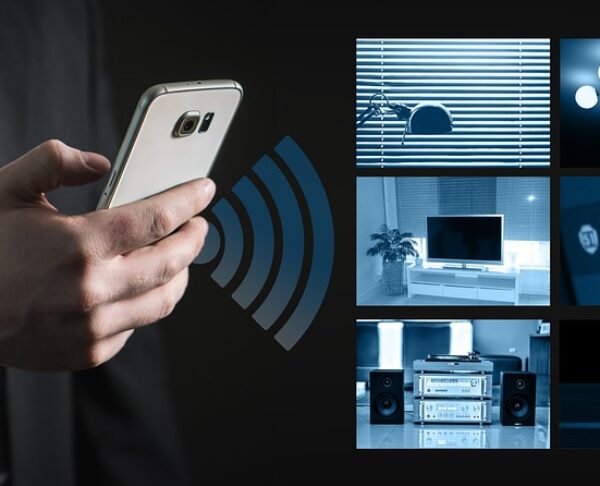In the realm of healthcare, a new ally has emerged – robots. These mechanical marvels are changing the face of medicine, from operating rooms to rehab centers, ushering in a wave of innovation, possibilities, and considerations.
Surgical Precision:
Robots perform intricate surgeries with unparalleled precision. Surgeons control robotic arms with finesse, reducing human error and enhancing outcomes.
Remote Expertise:
Telemedicine gets a boost with robots. Experts can guide procedures remotely, reaching patients in remote areas and disaster-stricken zones.
Rehabilitation Partners:
Robots aid in therapy and rehab. Exoskeletons help stroke patients regain mobility, while robotic limbs assist amputees in reclaiming independence.
Relentless Caretakers:
Robots provide constant care. They remind patients to take medication, offer companionship, and monitor vital signs, easing the burden on healthcare staff.
Micro-Surgeons:
Nanoscale robots navigate veins, delivering targeted treatments and medications. This precision minimizes side effects and maximizes efficacy.
Drawbacks of Dependence:
Excessive reliance on robots might erode human touch in caregiving. Balancing automation with compassion is crucial for holistic care.
Technological Hurdles:
Robots face technical glitches. System malfunctions and software errors can pose risks during surgeries and treatments.
Skyrocketing Costs:
Implementing robotics requires significant investment. High costs might limit access to cutting-edge treatments, creating disparities in care.
Learning Curves:
Training medical professionals to operate robots is a challenge. Mastering robotic techniques demands time and effort.
Ethical Dilemmas:
Who’s responsible when a robot errs? Navigating legal and ethical quandaries is complex, especially in life-and-death situations.
Patient Trust:
Building patient trust in robotic caregivers is essential. Ensuring transparency about procedures and limitations fosters confidence.
Job Transformation:
Robots reshape healthcare roles. Medical professionals might transition to supervisory or technical roles, adapting to the robotic revolution.
Surgical Speed vs. Human Touch:
Robots excel in efficiency, but human connection is irreplaceable. Striking the right balance ensures both rapid care and empathy.
Path to Collaboration:
Robots augment, not replace, healthcare providers. Collaborative efforts between human and robotic caregivers offer the best of both worlds.
Beyond Boundaries:
Robots transcend human limitations. They can work tirelessly, reach remote areas, and perform precise tasks unattainable by human hands.
Future of Health:
Robots amplify healthcare’s potential. As technology evolves, a harmonious integration of human expertise and robotic precision could redefine medical excellence.
In the healthcare arena, robots stand as pioneers, pushing boundaries and redefining possibilities. As we step into a future where human touch and robotic advancements intertwine, the potential for transformative impact is vast.




